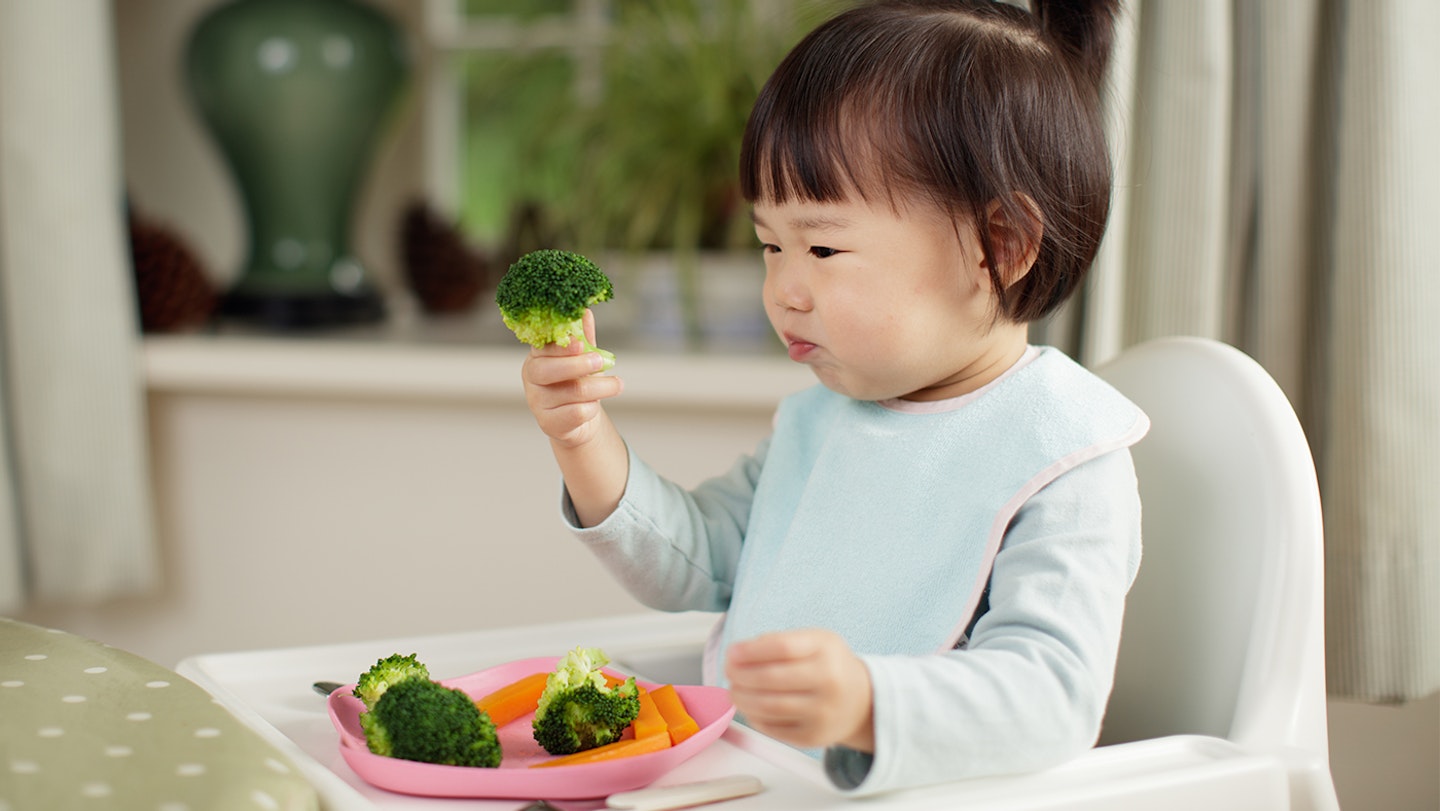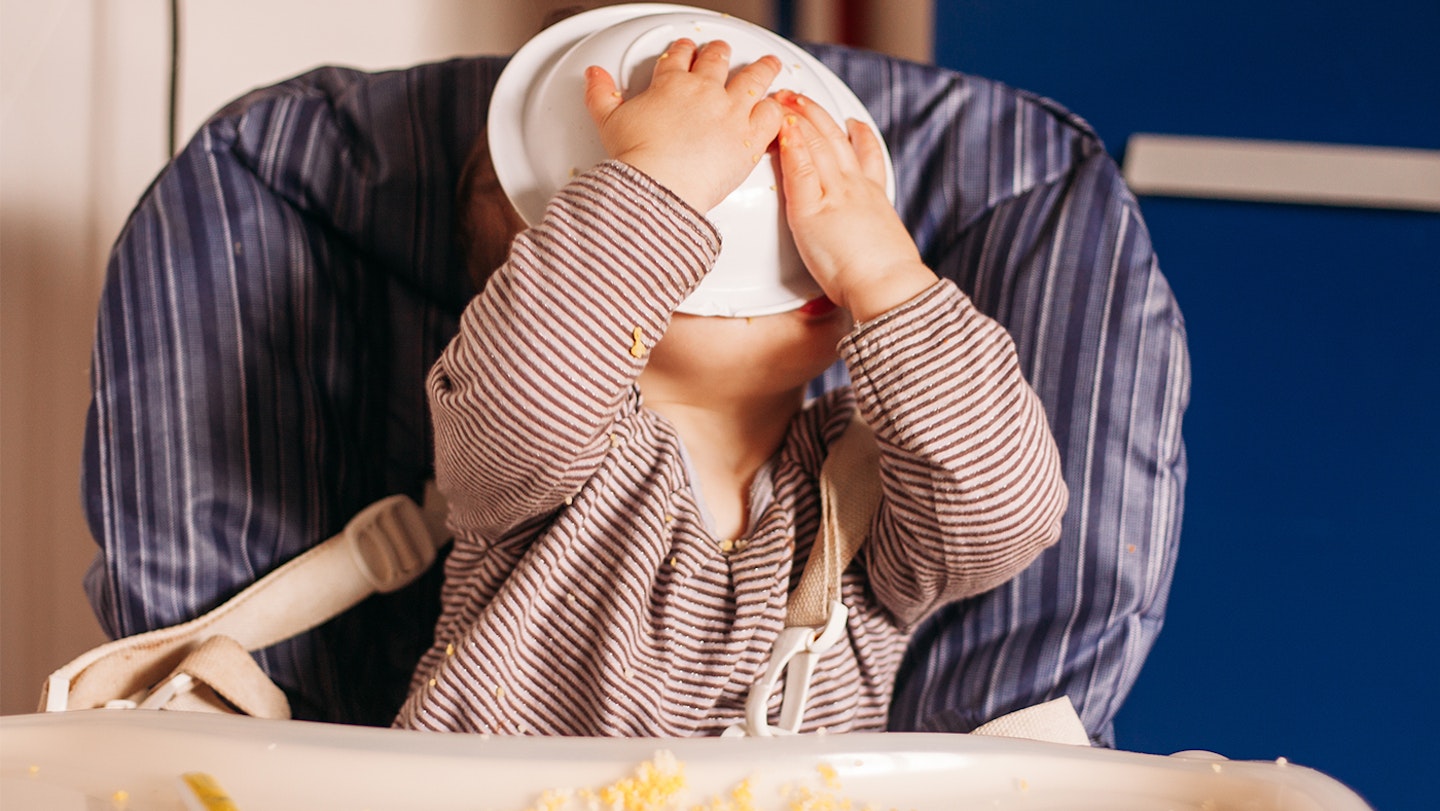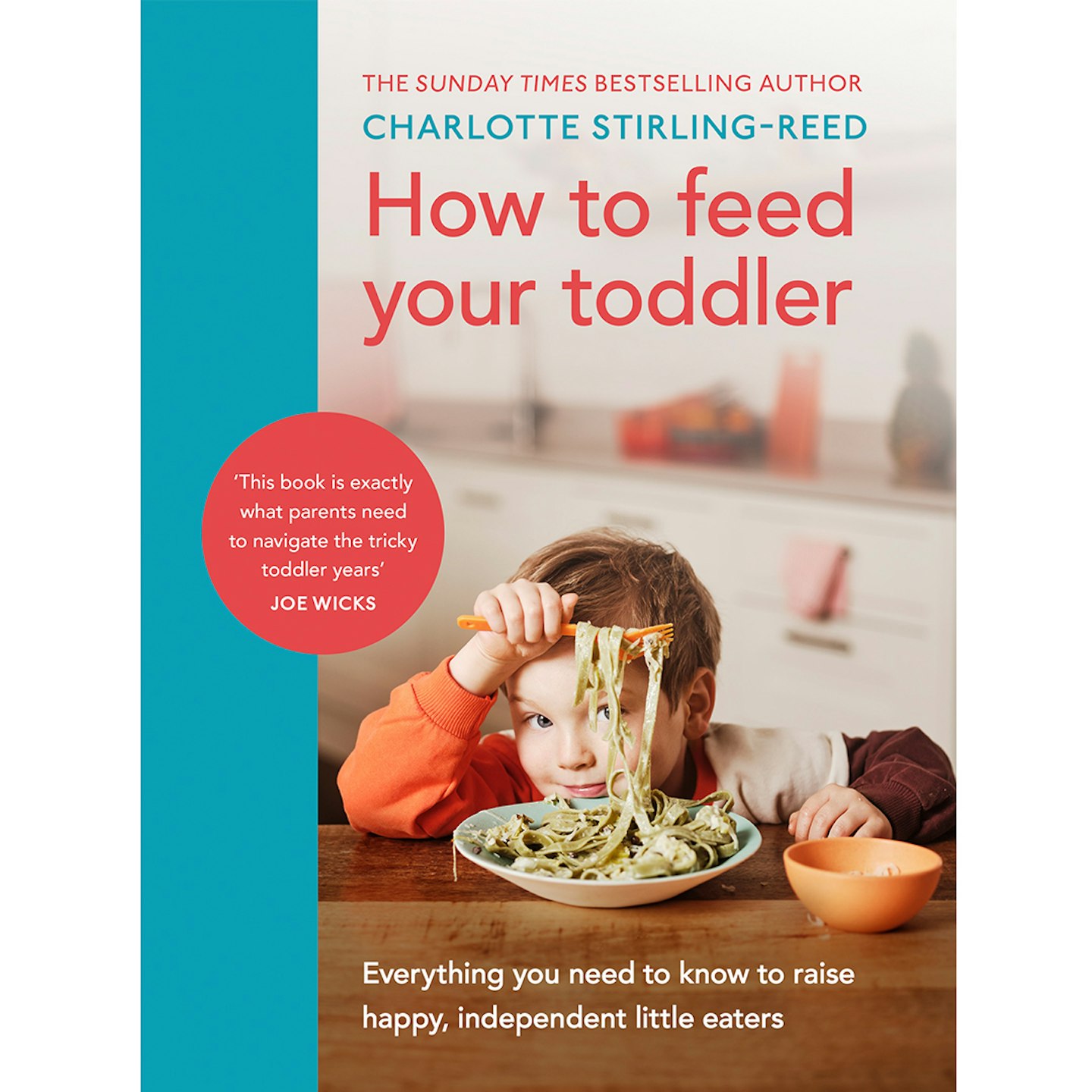I know how tough it can be to feed little ones who just aren’t interested in food. I’m making it my aim in my career to help give parents confidence when it comes to feeding their babies, toddlers and children.
My latest book How to Feed Your Toddler is all about those challenging toddler years, trying to navigate fussy eating, food refusal and really just trying to help our little ones enjoy food.
I’m aiming to help make mealtimes less of a battleground and more about family fun and time together. It may sound far-fetched if you’re currently in the throws of toddler tantrums around the table, but there are so many simple things you can do to help children enjoy food and mealtimes a little more, even if it can take a little time.
I’m not suggesting that your toddler is always going to be gobbling up and enjoying every meal – that’s not reality. Toddlers’ feelings, behaviours and appetites are naturally going to go up and down day to day, meal to meal – just like us as adults, but sometimes just simply acknowledging that that’s the case can help take the pressure off a little too.
However, there are plenty of ways that we can support our children to enjoy food and mealtimes, through all of the ups and downs.
Here are some of my tips to help raise happy little eaters that love food.
Avoid pressure
Pressuring children into eating really can have a huge impact on how they experience meals. Whilst it can be really frustrating when children refuse food, particularly when you know it’s something they like, it’s so important NOT to pressure them to eat.
Children’s appetites are hugely variable and can be affected by so many things including illness, teething, change in routine, being overtired, being distracted, developmental milestones and so much more. This can make it quite hard to know how much food they “should” be eating, but actually, children are very good at knowing themselves when they’ve had enough. If your child is showing signs of not wanting to eat – e.g. turning their head away, pushing the plate away, crying or clamping their mouth shut, it’s important not to push them to eat anymore and respect that they’re telling you they’ve had enough.
I always like to talk about the principle that you decide what to offer your child, and they decide whether to eat it and how much. This can really decrease the pressure your child feels to eat, and in turn, may actually encourage them to give more food a go.

Make mealtimes an enjoyable experience
When doing the research for my new book, How to Feed Your Toddler, I came across two words that describe the amazing aspect of eating together, sharing meals and the social aspect of eating: conviviality and commensality.
There is plenty of research that suggests that these aspects of eating can be important for little ones, to help them enjoy and grow a bit of a love for food early on! It’s all about the experience of eating with others and making the eating experience sociable - probably a bit like how many little ones experience eating at nursery.
I love these concepts and I try and bring them into both my kids’ meals regularly. It doesn’t have to be every meal or even every day, but making the most of the moments when you can sit down and enjoy a meal or snack together can really help.
Eating is not just about what goes in, it’s about the whole eating experience – the same goes for us as adults! If we can make meals an enjoyable time for our little ones, they’re more likely to want to take part in meals & therefore to also want to eat the foods on offer.
Think variety
Something I talk about all the time when it comes to feeding kids is the importance of offering a variety of foods. Research shows that there is a potential “window of opportunity” between around the ages of 6-12 months when babies are more willing to accept new foods.
This is why it’s important to try to build in as many new flavours as you can during this time.
By offering more variety whilst your baby is more likely to accept flavours, it also helps to increase their familiarity with more foods and therefore the likelihood that they will continue to accept them as they get older – even as adults.
We know that babies have an innate preference for sweet flavours, so encouraging a liking for more savoury or bitter flavours, including veggies, can sometimes be more challenging.
Increasing exposure to a range of fruit and vegetables regularly may increase consumption. It may take multiple times until a new veggie is accepted (at least 8-10 repeated exposures), but don’t give up! Remember, it’s about the long game and being consistent is key.

Get little ones involved
Cooking with children has many benefits, it builds their confidence and gives them an opportunity to get familiar with foods away from the dinner table, and therefore they may be more inclined to try something new. From shopping to chopping – children are more likely to eat foods if they’ve had some involvement in the process of getting it to their plate! Speaking of which, why not get them to serve up their own food? Using some child-friendly utensils (e.g. tongs, large spoons etc.) they can help themselves, giving them some control over what and how much they eat and giving them some independence too!
But for those days you don’t have time for them to be quite so hands-on, even just having them take part in the decision-making can help. A simple “do you want peas or beans with dinner?” can help – being involved in the choices makes them more likely to eat them!
Let them explore
There is an age-old rule that still gets shared today that children “shouldn’t play with their food.” However, more recent research has shown us that one of the key ways in which children accept new foods is through familiarisation. “Playing” with food, whether that’s simply touching it, tasting it, smelling it, or simply seeing it, it’s all part of their learning experience and can be done in so many ways.
Playing with food allows babies to explore a bit more and therefore to become more comfortable with having foods on their hands, face and also in their mouths – making them more likely to accept it. Allowing kids to get messy with food is an important way for them to become familiar with a variety of textures as well. Try not to worry so much about the mess and let them explore!

I hope this has been helpful. Remember that little ones aren’t going to change their habits around food and mealtimes overnight. Sometimes it takes a long time and sometimes it’s about being consistent and persistent with your approach. If I could recommend one thing, it’d probably be to really try and make the mealtime or snack time environments enjoyable for everyone – focusing on that rather than “getting them to eat” is more likely to have the result you’re looking for in the long run.
I hope this helps, and I’ve got lots more tips in my new book, How to Feed Your Toddler, which you can order below.

